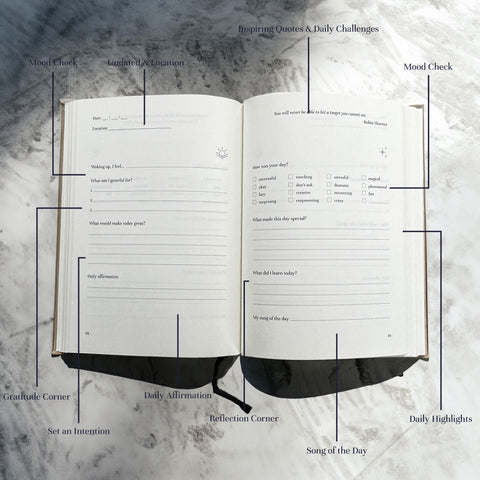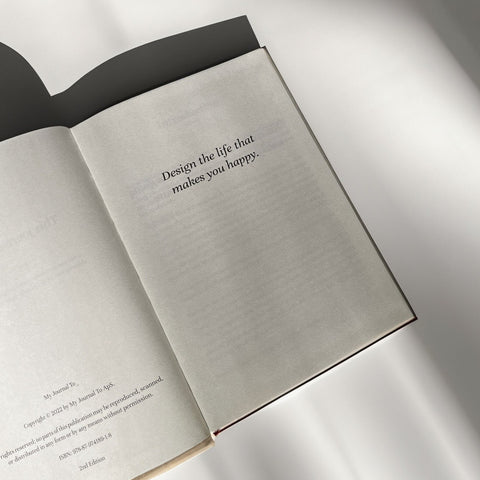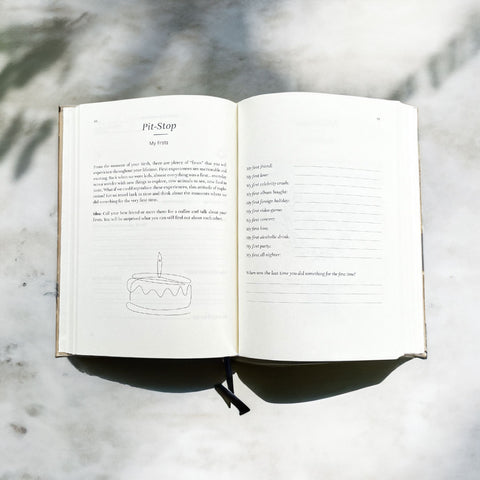Mastering the Art of Saying No: 6 Essential Steps to Set Healthy Boundaries
If you say YES to everyone else, you're saying NO to yourself.
In today's fast-paced world, learning how to say no and set boundaries is crucial for maintaining our mental health and achieving our goals. Many of us struggle with saying no to people, often feeling guilty or afraid of disappointing others. However, setting clear boundaries is essential for personal growth and well-being. This guide will walk you through six key steps to master the art of saying no and help you understand when it's appropriate to say yes.
1. Remove Emotions from the Equation
One of the biggest challenges in saying no is dealing with the emotional aspect. We often say yes out of guilt, fear, or a desire to please others. To set effective boundaries, it's crucial to make decisions based on logic rather than emotions.
Ask yourself: "If I didn't worry about disappointing someone, what would I choose to do for myself?"
This question helps you align your choices with your true desires and needs, rather than external pressures.
2. Prioritise Energising Activities
Learning how to say no effectively involves understanding what activities truly benefit you. Identify and prioritise activities that boost your energy and contribute to your well-being.
Ask yourself: "What activities energise me, and how can I incorporate more of them into my routine?"
By focusing on activities that uplift and inspire you, you'll naturally create boundaries around things that drain your energy.
3. Consider Immediate Commitment
When faced with a request or invitation, imagine if it were happening tomorrow. This immediate perspective can clarify your true feelings about the commitment.
Ask yourself: "Would I feel enthusiastic about this if it were happening tomorrow?"
If the answer is no, it might be a sign that you should decline the offer.
4. Match Requests to Your Priorities
An essential part of setting boundaries is ensuring that your commitments align with your core goals and priorities. This alignment helps you stay focused on what truly matters to you.
Ask yourself: "Does this request support my personal priorities and contribute to my well-being?"
If a request doesn't align with your priorities, it's okay to say no.
5. Get a Second Opinion Before Deciding
Sometimes, we need an outside perspective to help us set boundaries. Seek advice from someone you trust when considering personal commitments.
Ask yourself: "Have I discussed this decision with someone I trust to get their perspective?"
An objective opinion can often provide clarity and support your decision-making process.
6. Reflect on Past Commitments
Learning how to say no effectively often involves learning from past experiences. Evaluate your previous commitments and their outcomes.
Ask yourself: "Looking back, do I regret saying yes to similar commitments? How can I use this insight moving forward?"
This reflection can guide your future decisions and help you set better boundaries.
Conclusion
Mastering the art of saying no and learning how to set boundaries is a crucial skill for personal growth and well-being. By following these six steps, you can become more confident in setting boundaries and making decisions that align with your true desires and goals.
Remember, saying no doesn't make you a bad person. It's a powerful tool for self-care and personal development. As you practice these steps, you'll find it easier to say no to people when necessary and yes to the things that truly matter to you.
If you're on a journey to become the best version of yourself and live a more fulfilling life, continue exploring ways to set healthy boundaries. Consider starting a journaling practice to reflect on your progress and insights as you master the art of saying no.
Ready to start your journey of self-reflection and personal growth? Check out our guided journals designed to help you set boundaries and prioritize your well-being.
"Daring to set boundaries is about having the courage to love ourselves, even when we risk disappointing others." - Brene Brown






